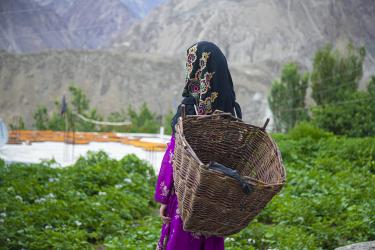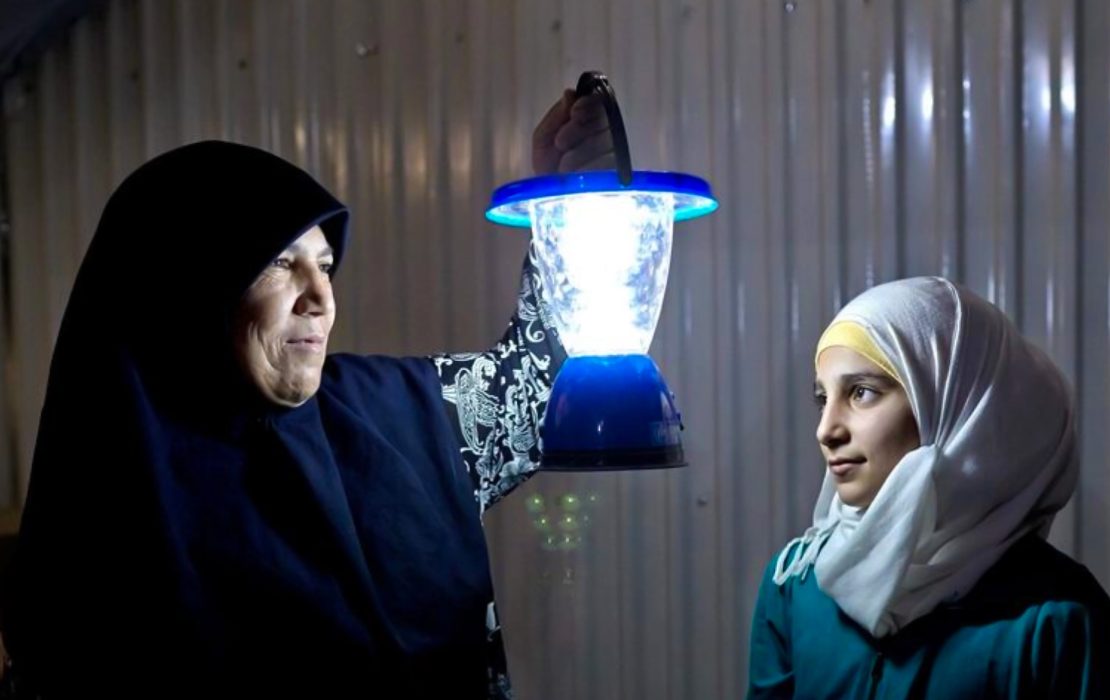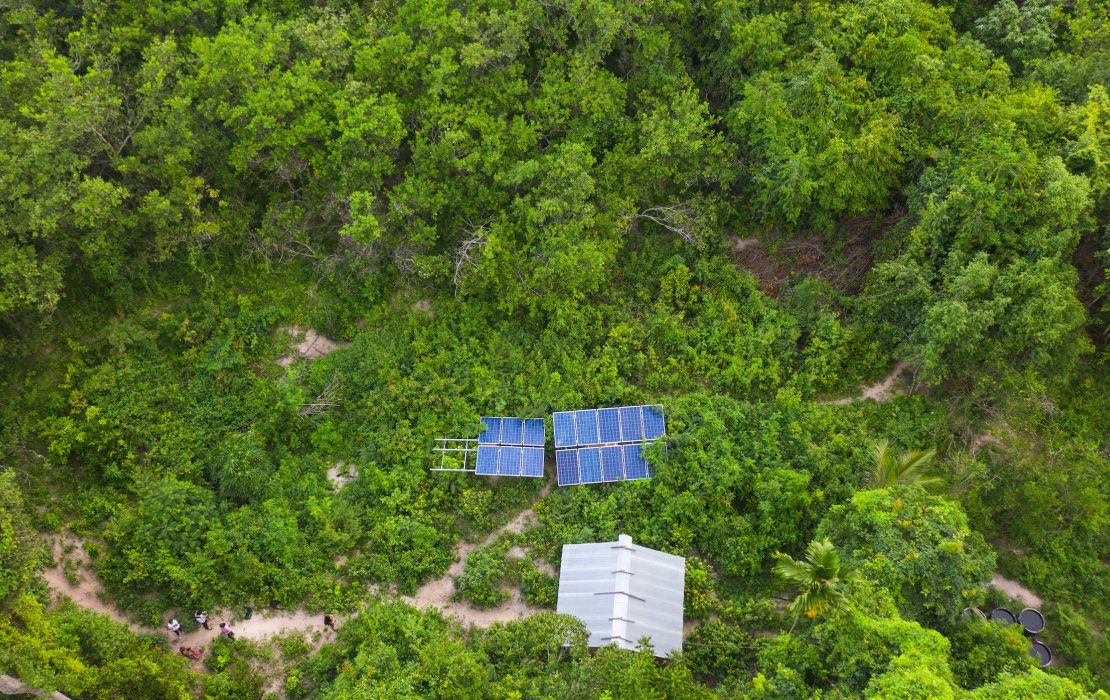
Photo: UNDP Peru
As the global landscape has shifted in the last weeks and months, the interconnectedness of the crises we face – climate change, COVID-19, and conflict – has come into sharp focus. So too, the profound interdependence of every human on this planet.
We see how the war in Ukraine, for example, has triggered a global energy crisis – forcing energy bills up and policymakers to make urgent decisions on fossil fuels – and a food crisis – with the country’s depleted wheat production upending global markets and food security already exacerbated by climate change.
These are not just passing news headlines. Intertwined with the climate crisis, the rising costs of food and fuel, financial volatility, and global supply chain reconfigurations have serious consequences for people’s quality of life in every corner of the globe. Not to mention vast implications for countries’ immediate and long-term sustainable development pathways.
The Paris Agreement as a tool to drive sustainable, resilient development
Tackling this complex landscape requires economies and societies that address urgent, short-term needs while also paving the way for a better future.
Climate action can help. Time and again, we have seen how initiatives to reduce emissions – for example, revitalizing landscapes or rolling out renewable energy – are having immediate socioeconomic returns, from more resilient agricultural systems to the creation of green jobs and new access to electricity.
Countries’ official pledges under the Paris Agreement, known as Nationally Determined Contributions (NDCs), can guide these actions. In fact, they might be one of the strongest tools we have at our disposal to advance sustainable development in the years and decades ahead. And to ensure crises we face today are not further exacerbated down the line.
The experience under UNDP’s Climate Promise – which works with more than 120 countries and territories on their NDCs – is that these pledges offer unique, politically-backed blueprints for investment in areas that can drive sustainable development: from energy and nature to agriculture and transport.

Photo: Credit Shuja Hakim, UNDP Pakistan
Gaining momentum
Under the Climate Promise, we have seen many countries start to seize the opportunities in advancing their NDCs. Our latest progress report demonstrates that this trend continues.
As of 31 March 2022, 94 Climate Promise countries had submitted revised NDCs, representing almost a quarter of global emissions and 84 percent of developing country submissions. Among these 94 submissions, over 90 percent demonstrated greater mitigation ambition and 96 percent enhanced adaptation. Overall, the updated NDCs were higher-quality – with better data, detailed costings, and links to development planning. They were also more inclusive, reflecting priorities of a broader scope of society than in the past, particularly in addressing gender equality and youth empowerment.
We continue to see vulnerable and low-emitting countries demonstrating leadership, significantly raising climate ambition despite the COVID-19 pandemic and despite their limited capacity. Nonetheless, finance at scale remains a key hurdle for these countries, impacting the feasibility of implementation.
At the same time, around 60 Climate Promise countries have done the legwork to start turning NDCs into concrete investment strategies.
Liberia, for example, now has a comprehensive financing strategy and has trained more than 30 government staff as a pool of experts to prepare and report on submissions for national budget allotments. In Sri Lanka, an economy-wide investment barrier analysis and costings of the NDC was conducted to guide policy and regulatory interventions and establish an NDC investment strategy.
These are all positive developments.
Turning talk into action
There are signals that the Paris Agreement is working: the new generation of NDCs are estimated to put the world on a ~2.5°C pathway compared to ~3.5°C just six years ago.
However, all countries must now dramatically accelerate their efforts to turn these pledges into real action.
The task is not a simple one. Governments must convert their NDCs into actionable strategies with key stakeholders empowered to engage and drive them. This involves translating priorities, pledges, and targets into concrete measures and integrating them into development plans and budgets; determining how to finance them; defining who is responsible for what; and ensuring all of this can be tracked and used to inform adjustments as needed.
Then, crucially, key actors and partners must be ready and enabled to invest.
Countries are not starting from scratch. Many of the results achieved through NDC revision – strengthened skills and knowledge, better coordination, new systems, and partnerships created – will also help advance implementation.
In support, UNDP is now delivering a new chapter of the Climate Promise: “From Pledge to Impact”. With the backing of existing partners – Germany, Sweden, the European Union, Spain, and Italy – and new partners – Japan, the United Kingdom, Belgium, Iceland, and Portugal – we are already rolling out support in over 50 countries. We are set to support countries to boost the scale and speed of their efforts, to bolster inclusivity, and to achieve strong, integrated NDCs connected to long-term net zero pathways.
With COP27 only months away, and occurring in an increasingly volatile world, we face a fierce test: whether, collectively, as an international community, we will make good on our promises.
Real progress on NDC implementation will provide the signals of hope we all need.
Editor's Note: If you found this blog useful, read the latest Climate Promise Progress Report.


